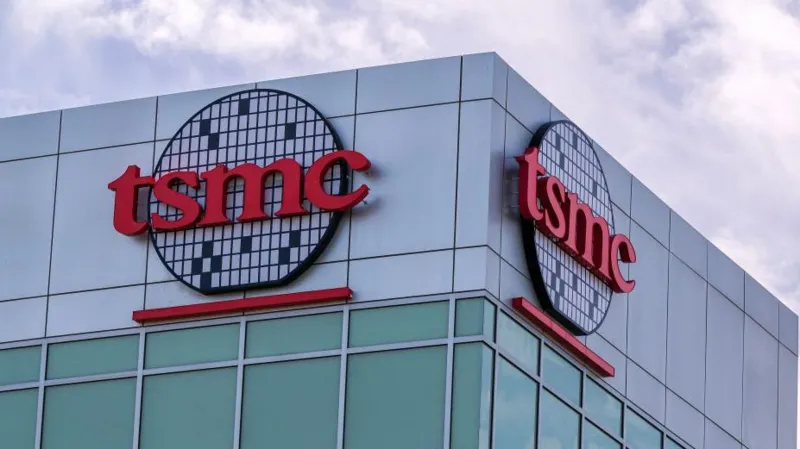
The United States has informed Taiwan Semiconductor Manufacturing Company (TSMC) that it will no longer be permitted to freely export advanced technology from its American operations to China, the company has confirmed.
The decision, set to take effect by the end of this year, could affect TSMC’s manufacturing activities at its facility in Nanjing, China, which currently produces older-generation semiconductors.
This move follows similar restrictions imposed on South Korean chipmakers Samsung Electronics and SK Hynix last week, further signaling Washington’s intent to clamp down on high-tech exports to China. These measures are part of a broader U.S. strategy to limit China’s access to advanced semiconductor technologies, which Washington views as critical to maintaining national and economic security.
In a statement to the BBC, TSMC said it is assessing the implications of the decision and plans to engage in dialogue with the U.S. government. The company reaffirmed its commitment to keeping operations in China running smoothly.
Although the U.S. had previously granted waivers to select chipmakers including TSMC to continue supplying certain technologies to Chinese facilities, those permissions are now being rolled back. The U.S. Commerce Department has yet to publicly comment on the revocation.
TSMC, the world’s leading semiconductor manufacturer, produces chips used in everything from smartphones to AI processors, serving high-profile clients such as Nvidia. While the Nanjing plant only manufactures older chip nodes such as 28nm and 16nm processes, analysts caution that the regulatory shift may still disrupt logistics, raise costs, and create uncertainty for customers relying on stable supply.
The added complexity means that American suppliers will now be required to apply for individual export licenses, potentially delaying shipments and increasing red tape.
Investment expert Raymond Woo, from Kyoto University Innovation Capital, believes the direct impact on TSMC’s business will be limited, given the small share of revenue generated by its China-based production. However, he notes the possibility that Chinese firms could pivot to domestic alternatives, even if these are less advanced, which could spur innovation within China’s semiconductor sector.
“This could actually push Chinese companies to become more resourceful and innovative, especially in segments where top-tier performance isn’t essential,” Woo said.
As tensions between the U.S. and China continue to escalate in the technology space, global chipmakers may increasingly find themselves navigating a complex landscape shaped by geopolitics as much as economics.



